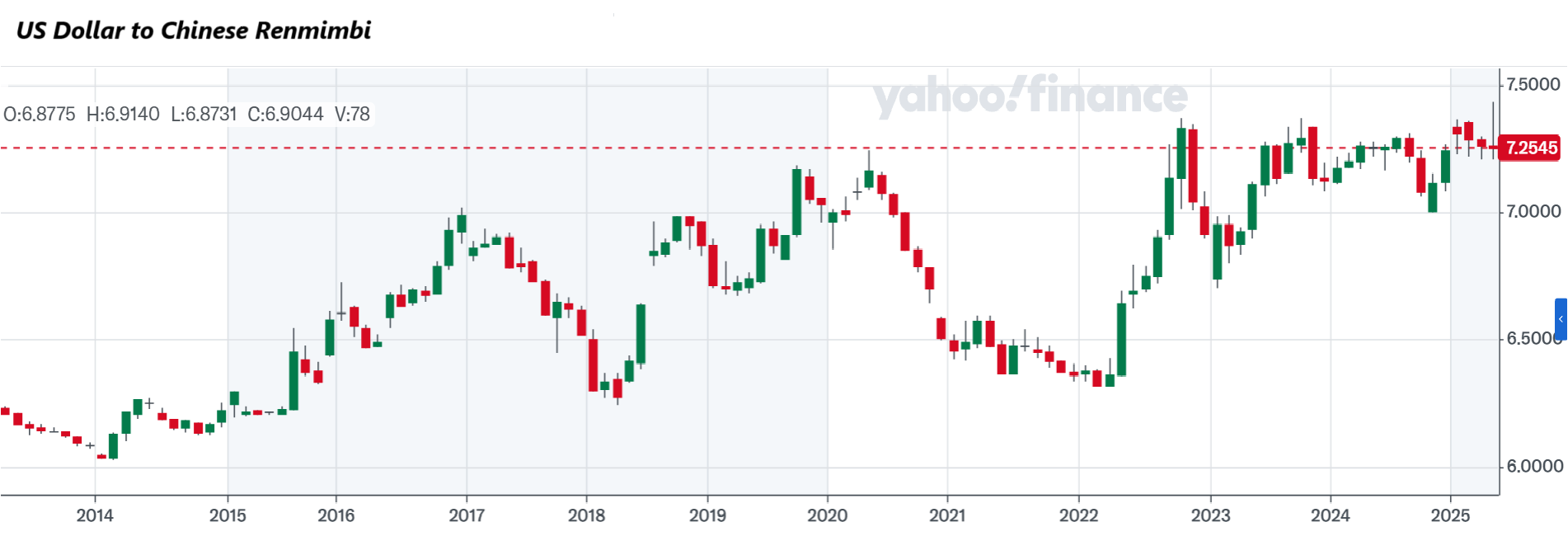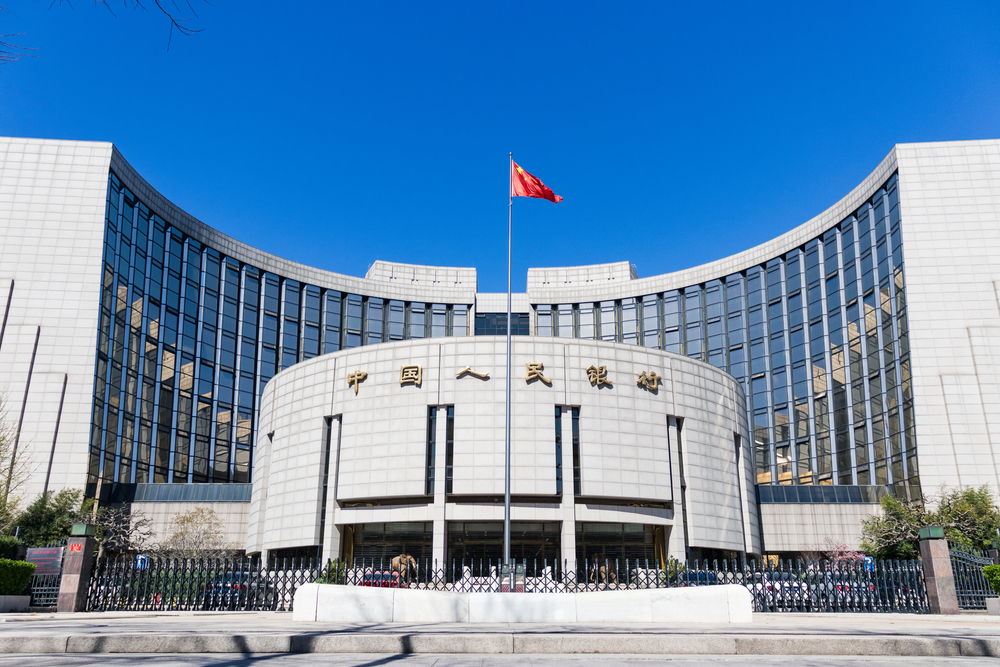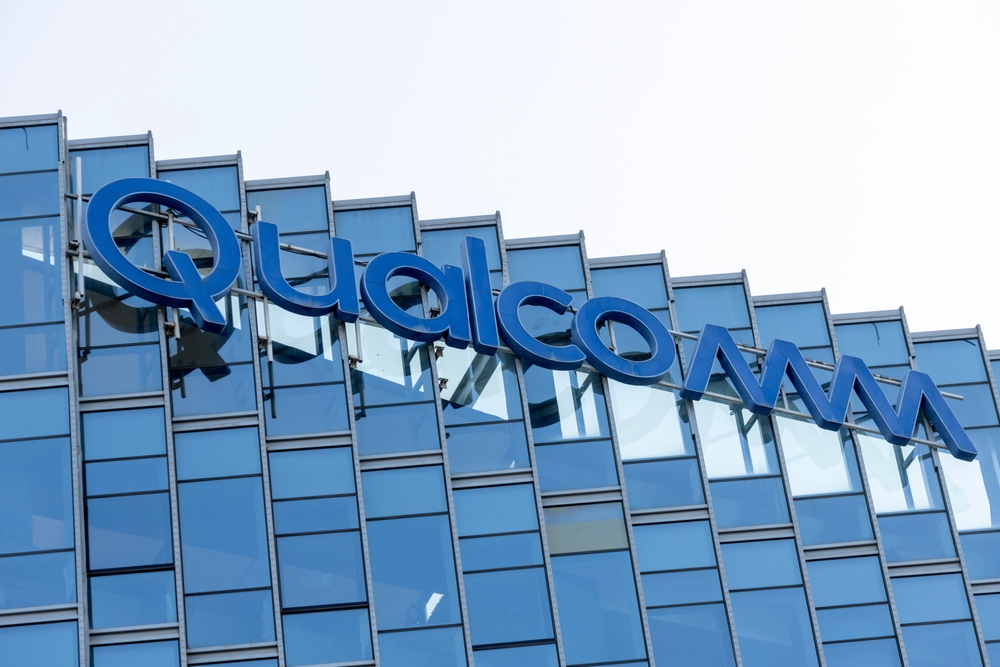Weaponizing the markets
One of the clearest examples is China’s gradual retreat from U.S. stock exchanges. After disputes over audit transparency, Beijing has made it clear it prefers to bring its companies back home, primarily to the Hong Kong market. This shift doesn’t just impact the companies involved, it also disrupts global liquidity and investor confidence. Large-scale delistings force international funds to reconsider how they allocate capital, creating fresh volatility in global markets.
However, when it comes to trade, China’s behavior raises even more questions. Western tariffs and tensions often respond to genuine shady and forbidden practices like unfair subsidies to Chinese companies to offset competition, intellectual property theft, or untransparent government contracts. Instead of addressing these concerns, China prepares countermeasures and doubles down.
Control over metals and minerals
Then there’s China’s grip on the commodities market. As a producer of large amounts of rare earth minerals and metals of up to 70% globally, China can weaponize them by limiting supply and thus disturbing the supply chain. One of the examples can be Tungsten, which is essential for heavy machinery. China accounts for around 80% of the global supply. A similar situation is also present with Graphite, Antimony, and many more, creating headaches for companies and politicians alike.
From the other perspective, China is the world’s biggest consumer of oil, copper, iron other commodities. Any slowdown in China’s economy would have immediate and painful consequences for commodity-exporting nations as well as countries across Latin America and Southeast Asia that are deeply tied to Chinese demand, with the US and Europe closely behind them.

Source: Yahoo Finance
Other forms of ill practices
Currency manipulation is another tool China isn’t shy about using. A slow, controlled depreciation of the yuan has been underway for some time, seemingly in preparation for future trade tensions. But managing this balance is tricky. If the currency drops too quickly, it could trigger capital flight on a massive scale. A historic example is the panic in 2015–2016 that sent shockwaves across global markets. Beijing talks about keeping the yuan “stable and balanced,” but seasoned macro traders know how this story tends to unfold. Important for China that is weak yuan is boosting its profitability in global markets.
Finally, there are Beijing’s promises to boost growth through deregulation, market reforms, or relaxing restrictions on the private sector. These announcements regularly make headlines—but rarely move the needle meaningfully. Despite pledges to cut red tape, open up markets, or support innovation, the reality is that true deregulation often takes a backseat to tighter political control. Investors have grown skeptical, having seen too many policy rollouts that sound bold but result in little more than symbolic change. Until meaningful reform follows these promises, the gap between rhetoric and reality will only continue to widen.




.jpg)
.jpg)


